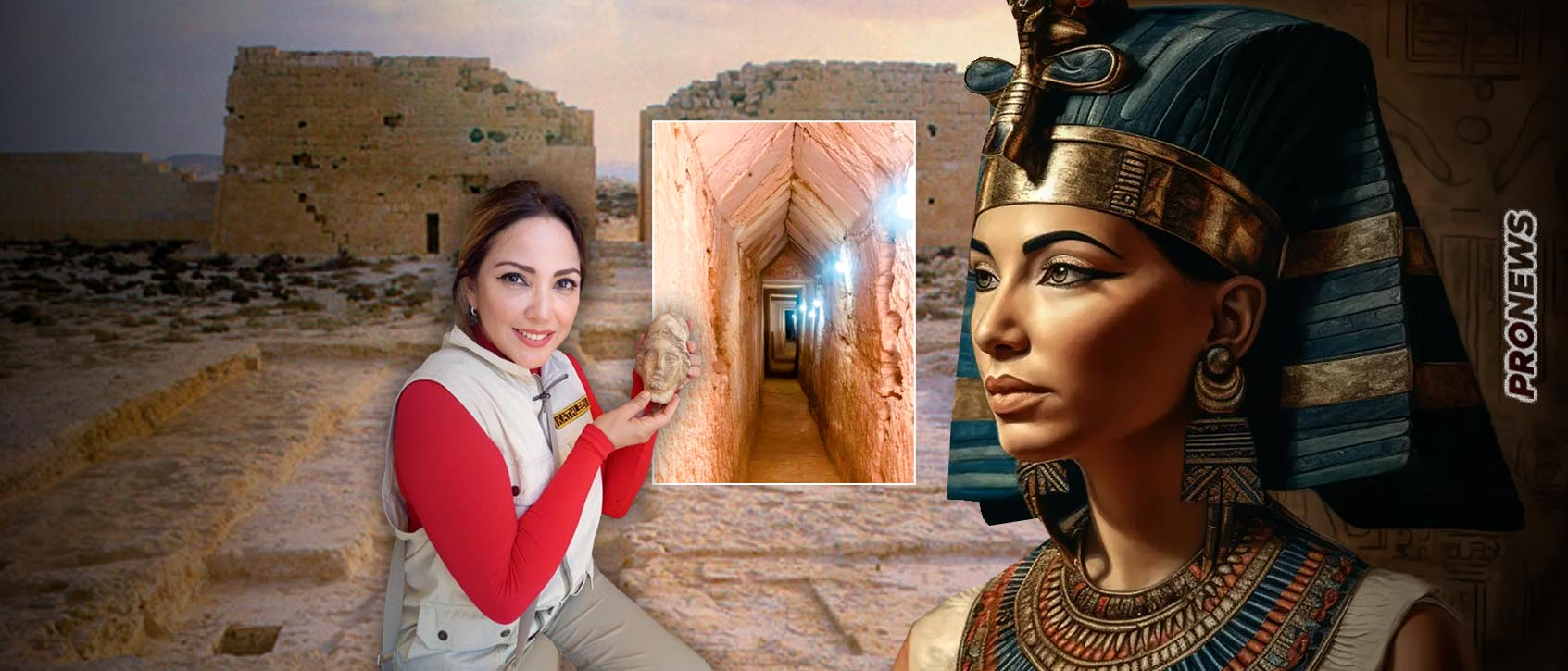A groundbreaking archaeological discovery may have finally brought researchers within reach of one of history’s greatest mysteries: the lost tomb of Cleopatra VII. For nearly two decades, archaeologist Kathleen Martinez from the University of Santo Domingo has led an ambitious search for the final resting place of Egypt’s last queen of Greek descent—and now, the dream may be within grasp.
A Tunnel to the Past
In 2022, Martinez announced a stunning find: a 1,305-meter-long tunnel, buried 13 meters underground. This subterranean passage was uncovered beneath the ruins of an ancient temple in the city of Taposiris Magna, located on Egypt’s northern coast. What makes this tunnel so fascinating isn’t just its scale, but its potential—Martinez believes it could lead directly to Cleopatra’s tomb.
“This is an engineering marvel,” she said, noting that parts of the tunnel are submerged under water. “It may be the key to finding the tomb of the last great Greek queen—and perhaps even that of her legendary lover, Mark Antony.”
Indeed, Martinez’s theory suggests the burial site of both Cleopatra and Antony could lie somewhere beneath the sacred ruins of Taposiris Magna.
A 20-Year Quest for a Queen
Martinez has been chasing this historical enigma since 2005. Speaking to CNN, she emphasized that her relentless pursuit isn’t about obsession—it's about admiration and historical justice.
“My persistence shouldn’t be mistaken for obsession. I admire Cleopatra as a historical figure,” Martinez explained. “She was the victim of Roman propaganda, which deliberately distorted her image. Cleopatra was an educated woman—possibly the first to receive a formal education in Alexandria, the cultural capital of her time.”
During her excavations, Martinez also uncovered a temple believed to have been dedicated to the Egyptian goddess Isis. This find bolsters her confidence that she is digging in the right place. Cleopatra, after all, was long associated with Isis and was seen as her human incarnation.
The Queen and the Goddess
In ancient Egypt, Isis was one of the most revered deities—goddess of healing, motherhood, and magic. Married to Osiris, she embodied divine royalty, much like Cleopatra herself.
The symbolic connection is powerful. If Cleopatra aligned herself with Isis in life, perhaps she sought to rest in her shadow in death.
Could This Be the Find of the Century?
This latest tunnel is just one of several clues Martinez and her team have uncovered in their tireless search. Combined with other artifacts and architectural features, the evidence is mounting.
“If these discoveries help us find Cleopatra’s tomb,” Martinez told CNN, “it will be the most important archaeological find of the century.”
As anticipation builds in the archaeological world, the possibility of uncovering Cleopatra’s lost tomb isn’t just about locating a physical site—it’s about restoring the legacy of a woman whose story was written by her enemies, and whose true brilliance is only now beginning to be uncovered.






